history
baths throughout history
Bathing in Prehistoric Times
The history of bathing begins with our earliest ancestors. Archaeological evidence suggests that early humans used natural hot springs and riverbanks for cleansing and ritual purposes. These simple acts were likely driven by both practicality—removing dirt and promoting hygiene—and spiritual beliefs, as water was often seen as a purifying element in early religions.1
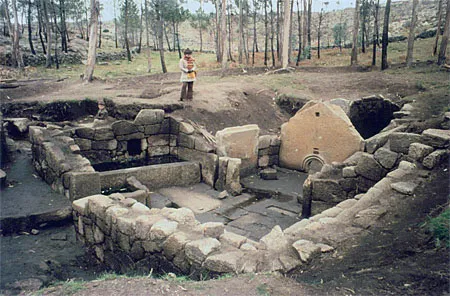
The Rituals of the Ancient World
Bathing took on greater significance in ancient civilizations, becoming a cornerstone of social and spiritual life. In ancient Mesopotamia, bathing was associated with purification rituals in temples, while in ancient Egypt, private baths reflected wealth and status. The Greeks, with their gymnasia and communal baths, viewed bathing as part of holistic wellness, blending exercise, cleanliness, and philosophy.
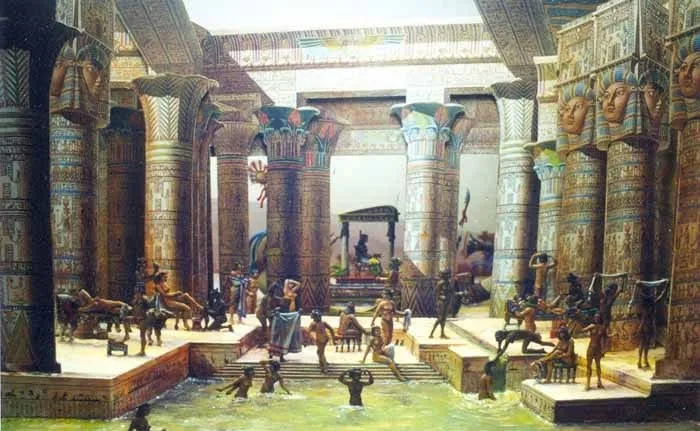
The Roman Thermae: Engineering Luxury
The Romans elevated bathing to an art form with their vast thermae. These grand complexes, such as the Baths of Caracalla, featured heated pools, steam rooms, and cold plunges, all powered by advanced hypocaust systems. Bathing was not just for the elite—it was a communal activity that bridged social classes, fostering a sense of civic unity.
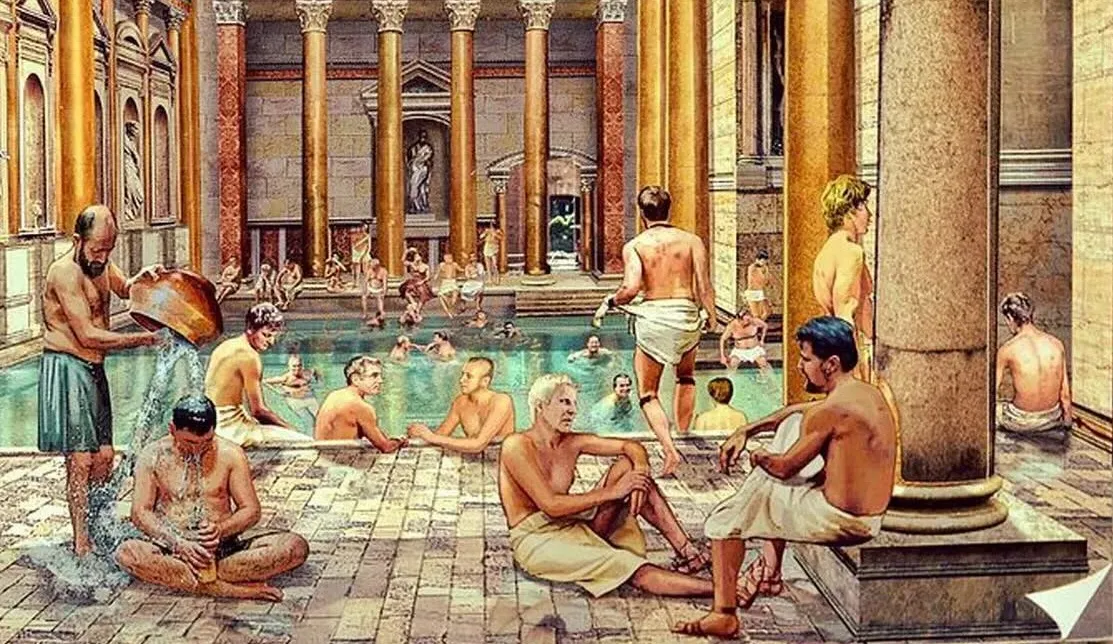
Islamic baths: Cleanliness and Spirituality
In the Islamic world, bathing has long been both a practical necessity and a spiritual practice. Rooted in religious teachings, the Quran emphasizes cleanliness as a vital aspect of faith, leading to the widespread establishment of hammams, or public bathhouses. Hammams served as spaces for physical purification, where the faithful could perform ablutions required for prayer, as well as centers for community interaction. These bathhouses were intricately designed, featuring a series of progressively warmer rooms that allowed for a thorough cleansing and relaxation experience. Beyond their religious function, hammams became architectural and cultural landmarks, often adorned with ornate tilework, domed ceilings, and intricate carvings that reflected the Islamic aesthetic.

Medieval Bathhouses: A Time of Transition
With the fall of Rome, the prominence of communal baths diminished in Europe. However, in the Islamic world, bathhouses flourished as hammams, reflecting the Quranic emphasis on cleanliness. In Europe, medieval bathhouses were smaller and less ornate, often tied to monasteries or local springs. While the Black Death led to a decline in communal bathing, personal hygiene practices began to emerge.
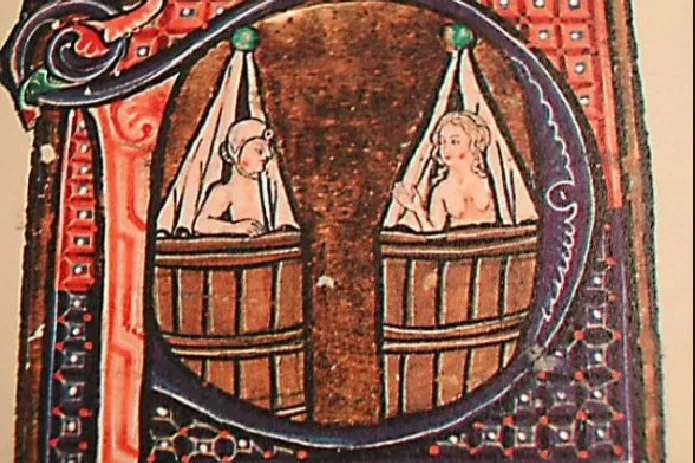
the sauna and the banya
In the colder climates of Northern and Eastern Europe, bathing evolved to include heat as a central element. The Finnish sauna, with its smoke-filled chambers and focus on simplicity, became an essential part of daily life. Similarly, the banya developed as a place for both intense heat therapy and social gatherings. These traditions emphasize purification, both physical and spiritual.
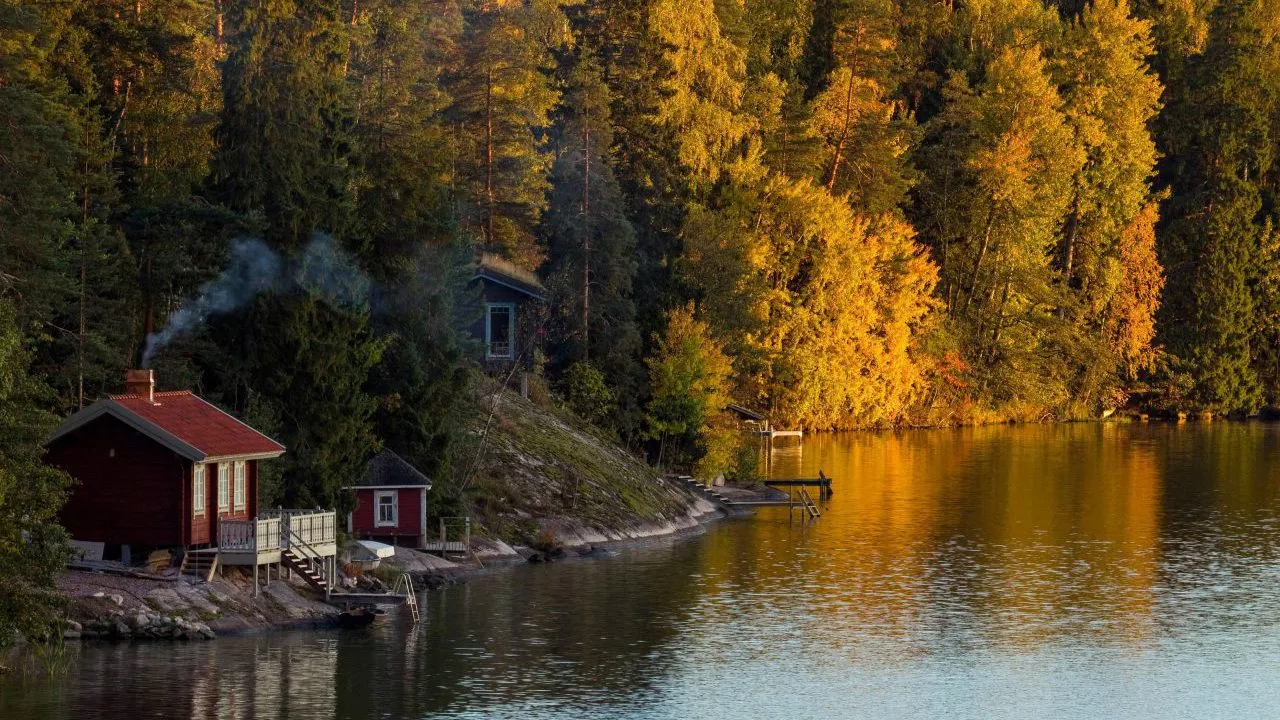
the decline and fall
Despite their long history, bathing rituals saw a sharp decline during the industrial revolution and the rapid urbanization of the 19th and 20th centuries. As modern plumbing and private bathrooms became widespread, communal baths were deemed unnecessary and fell out of favor. Additionally, a cultural shift toward individualism and the association of public bathhouses with poverty or unsanitary conditions contributed to their decline. In many Western societies, the focus on efficiency and productivity also left little room for the leisurely, social aspects of bathing.
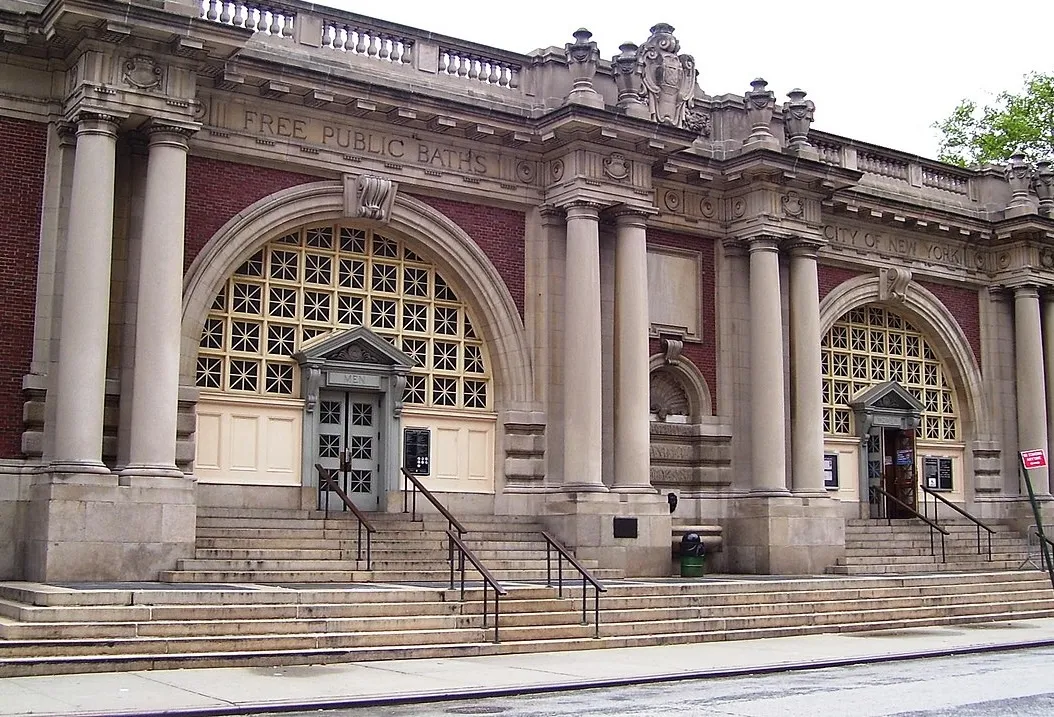
the 21st century revival
In the 21st century, bathing culture has experienced a remarkable resurgence, driven by a renewed focus on wellness, mindfulness, and traditional practices. Urban spas and boutique bathhouses now blend ancient rituals with modern design, offering experiences that cater to both health and relaxation. In Scandinavia and Russia, saunas and banyas have retained their cultural importance, while in other regions, public interest in hot springs, hammams, and Japanese onsens has grown significantly. The rise of sustainability and eco-conscious design has also influenced this revival, with many bathhouses incorporating natural materials and energy-efficient technologies. This global renaissance reflects a collective desire to slow down, reconnect with our bodies, and rediscover the timeless joys of communal and ritualized bathing.
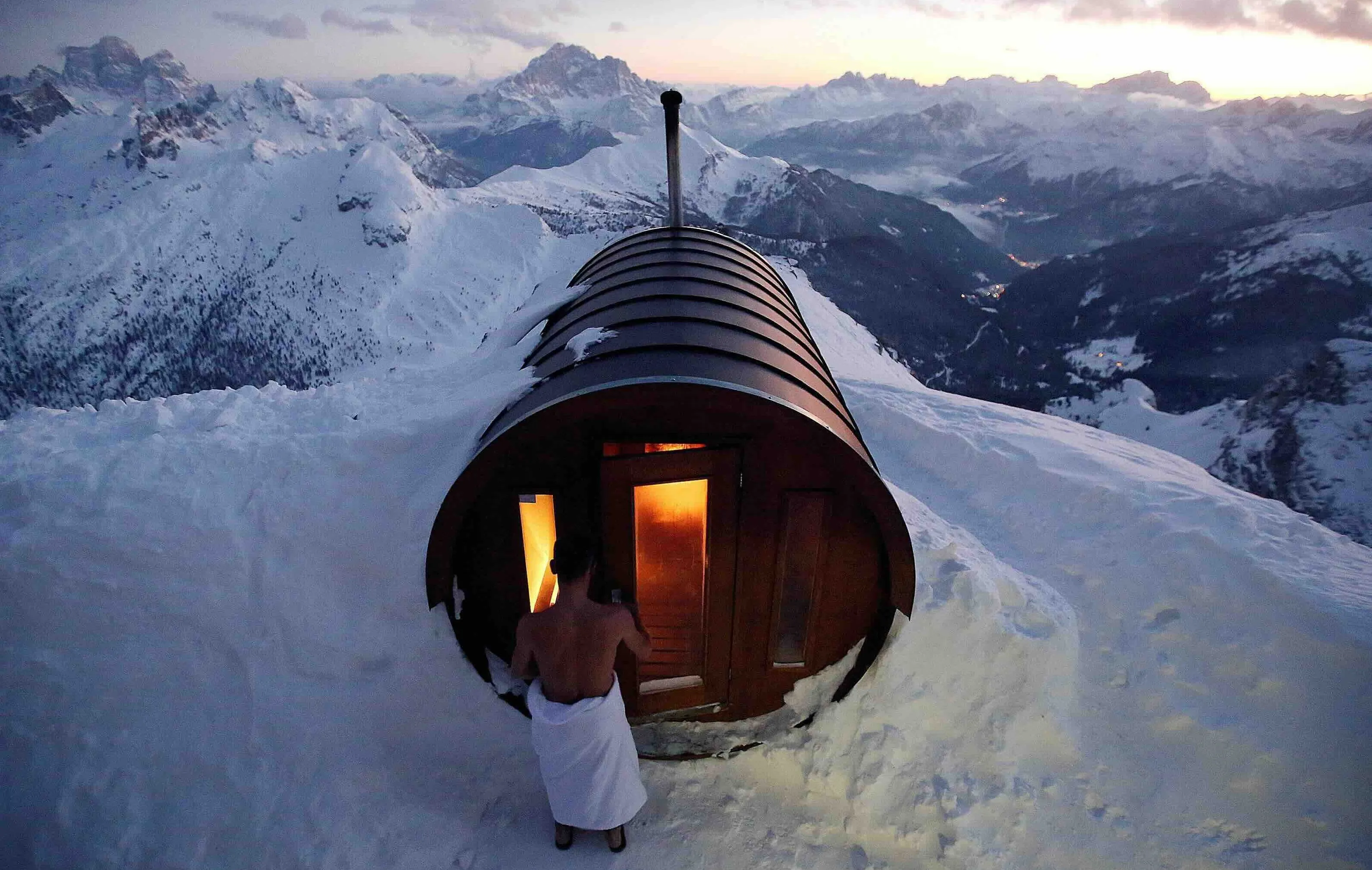
A Timeless Practice of Connection and Renewal
The history of baths, saunas, and banyas reveals a shared human desire for cleansing, connection, and rejuvenation. These rituals, spanning from prehistoric springs to modern spas, highlight the enduring significance of water and heat in our lives. Whether for health, relaxation, or community, the tradition of bathing continues to enrich and inspire humanity.
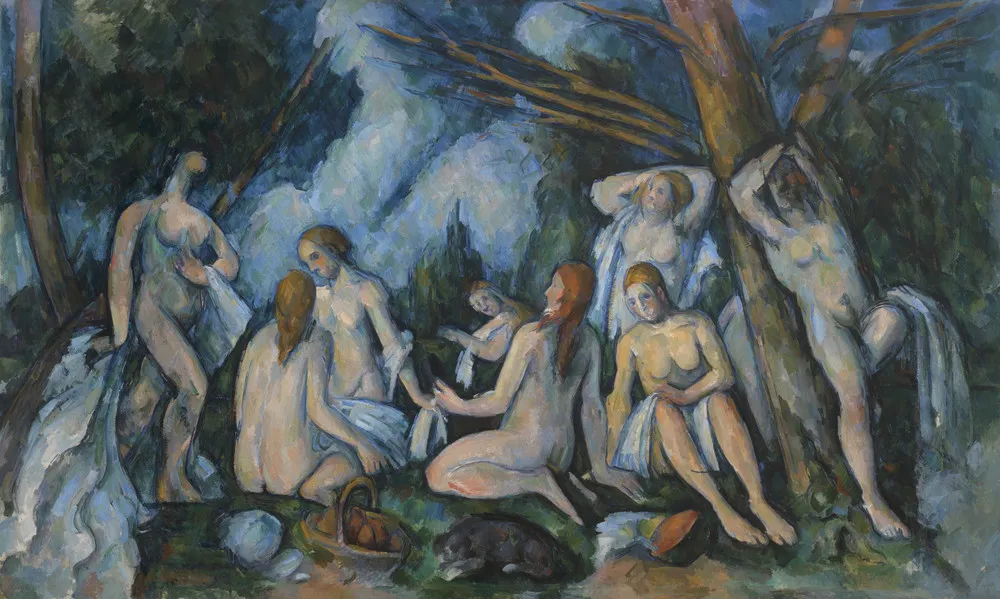
see for yourself
Ready to experience the timeless tradition of sauna for yourself? Step away from the everyday and immerse yourself in a world of heat, steam, and relaxation. Book your free session at our sauna and discover the profound joy of connection, renewal, and wellness firsthand.
